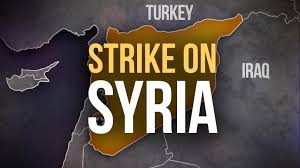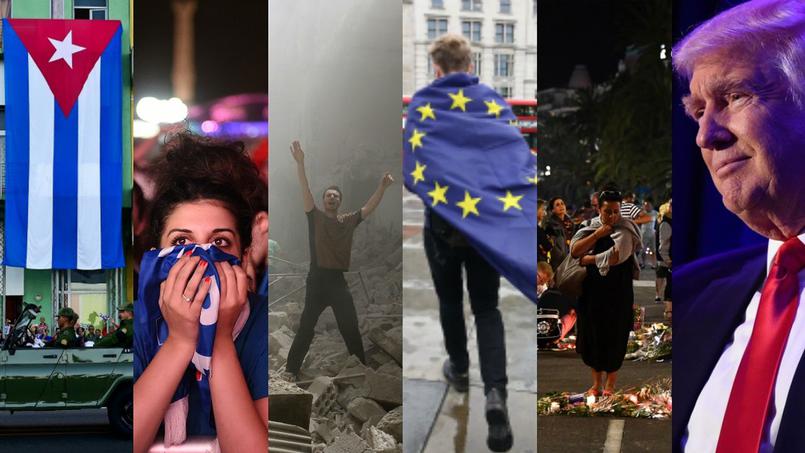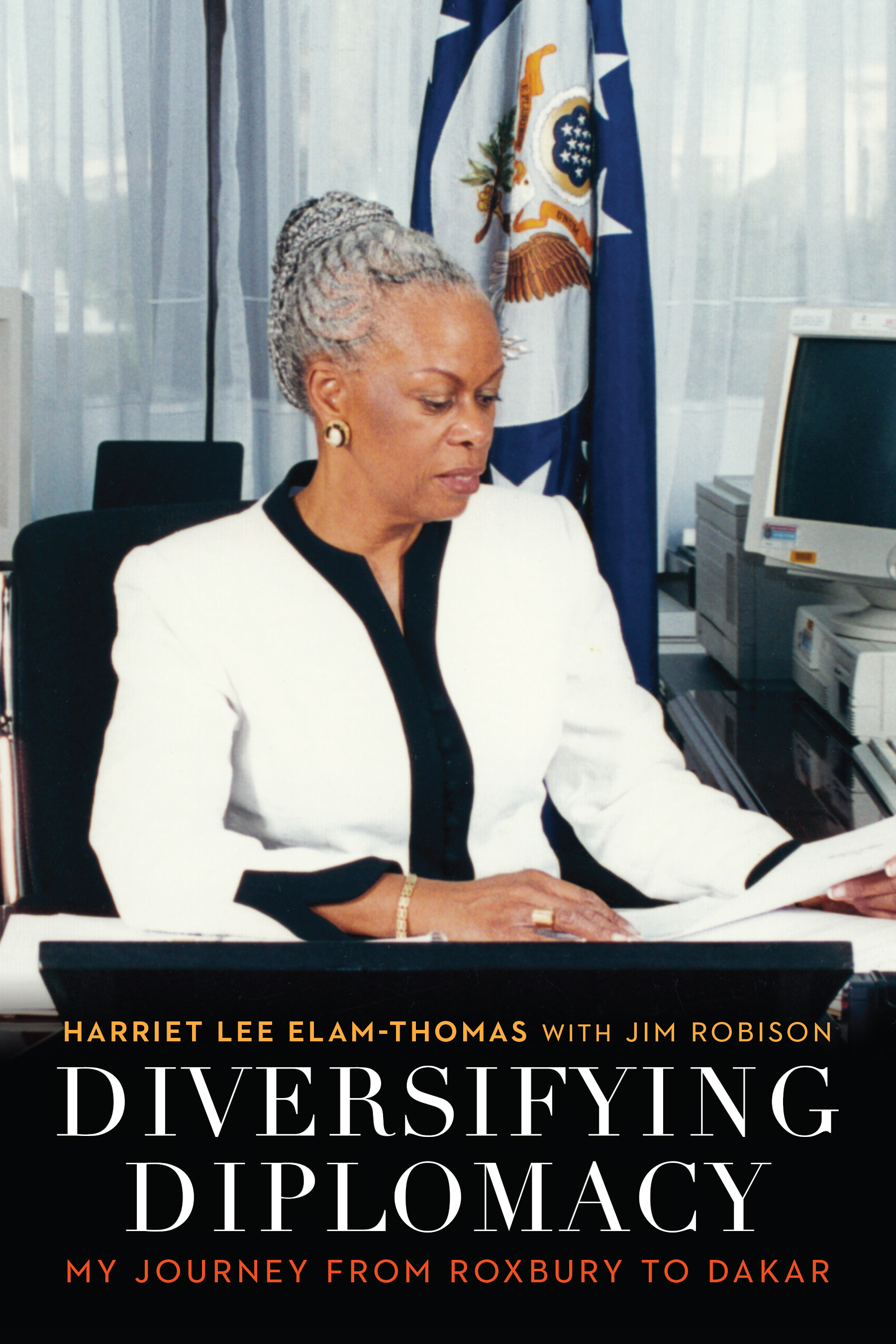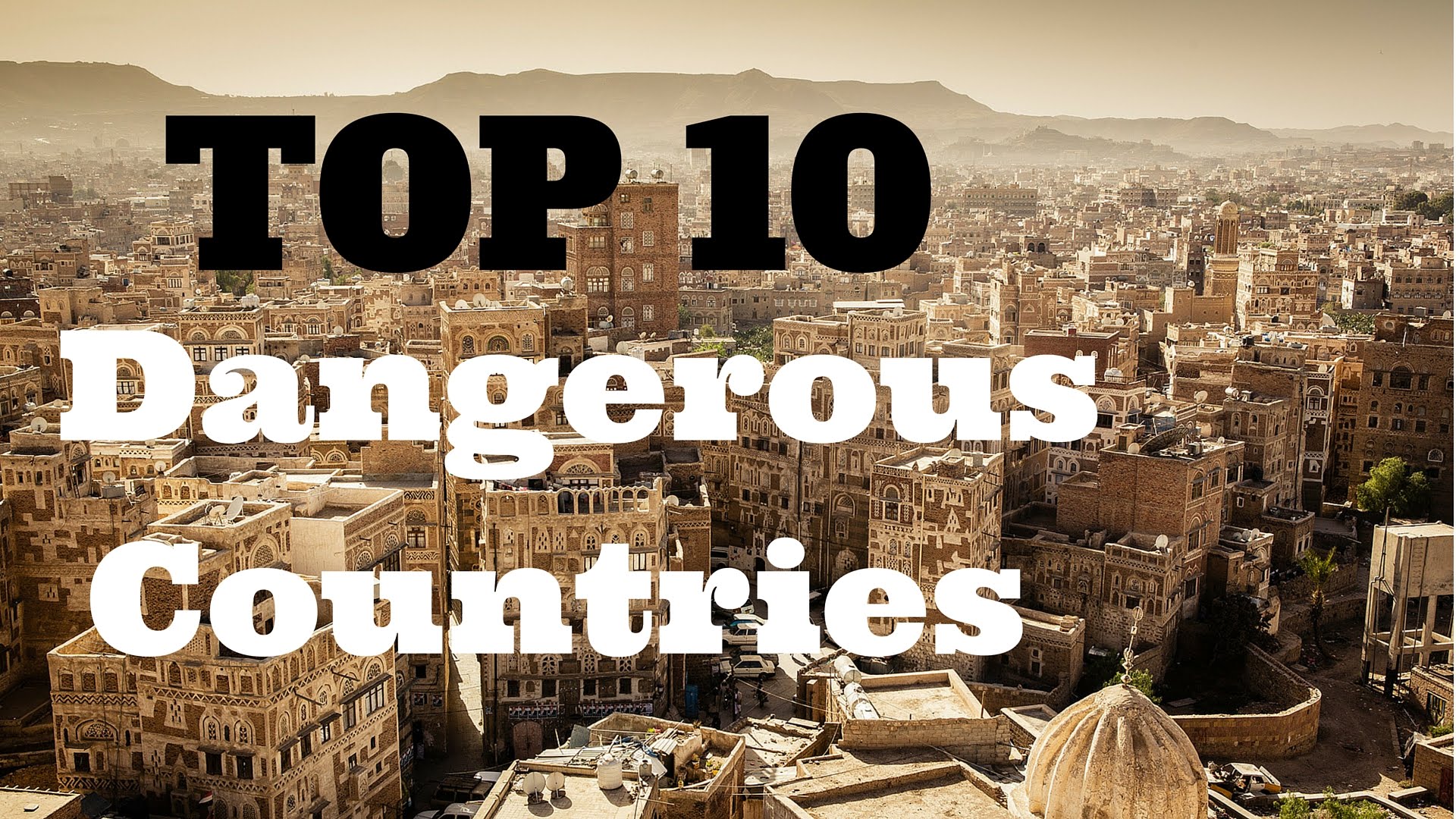The leaders of the United States, Canada, Britain, France, Germany, Italy and Japan – countries collectively known as the Group of Seven (G7) – met on Friday for a two-day summit in the resort town of Taormina, Italy.
The bloc meets annually to discuss a wide range of issues, including global economy, security and energy – and this year will be no exception.
But with four out of seven leaders sitting at the G7 table for the first time, including US President Donald Trump, experts will be looking for signs about potential policy shifts amid growing global challenges.
-
Under pressure from allies, US President Donald Trump has backed a pledge to fight protectionism, but refused to endorse a global climate change accord, saying he needed more time to decide. “There are no indications whether the United States will stay in the Paris Agreement or not.” declared Angela Merkel.
-
Italy disappointed with lack of progress on migration.
-
The final communique was just six pages long, against 32 pages last year, with diplomats saying the leaders wanted a simpler document to help them reach a wider audience.
-
After lengthy deliberation, the document included a separate threat, that was inserted into the 2016 G7 statement, to take additional action against Russia, if warranted, for its intervention in Ukraine.
-
Security questions dominated initial G7 discussion on Friday and the leaders called on internet service providers and social media firms to “substantially increase” their efforts to rein in extremist content.
-








